7 Most Common Motor Enclosure Types Defined By NEMA Standards
The enclosure of the motor must protect the windings, bearings, and other mechanical parts from moisture, chemicals, mechanical damage and abrasion from grit. NEMA standards MG1-1.25 through 1.27 define more than 20 types of enclosures under the categories of open… Read more
Aug 09, 2013 | By Edvard Csanyi
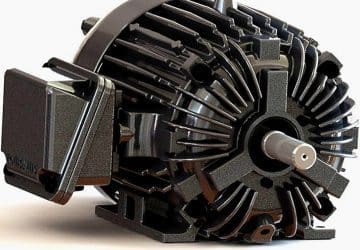
Motor Service Factor (SF) Defined By NEMA
Motor Service Factor (SF) is the percentage of overloading the motor can handle for short periods when operating normally within the correct voltage tolerances. This is practical as it gives you some ‘fudge’ in estimating horsepower needs and actual running… Read more
Aug 07, 2013 | By Edvard Csanyi
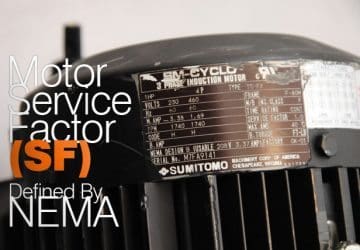
NEMA Definition Of Motor Full Load Nominal Efficency (Standard MG1-12.54.2)
Efficiency is defined as the ratio of the power output divided by the power input. Machine losses are in the form of heat, and include: Stator winding loss, Rotor loss, Core loss (hysteresis and eddy current), Friction and windage, and… Read more
Aug 02, 2013 | By Edvard Csanyi

Selection Of Crane Duty Motors (Part 3)
Continued from second part: Selection Of Crane Duty Motors (Part 2) N = Duration of motor operation under rated conditions R = Duration of motor at rest and de-energised ØMax = Maximum temperature attained during Duty cycle Unless otherwise specified,… Read more
Jul 27, 2013 | By Ashok Parikh

Selection Of Crane Duty Motors (Part 2)
Continued from first part: Selection Of Crane Duty Motors (Part 1) Following two types of motors are widely used for crane duty applications. Squirrel Cage Crane Duty Motors Slip ring and Wound Rotor Crane Duty Motors The crane motors are… Read more
Jul 24, 2013 | By Ashok Parikh
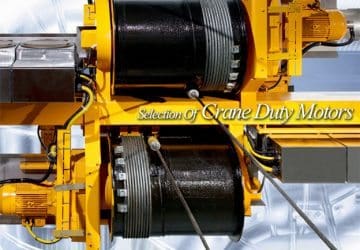
Selection Of Crane Duty Motors (Part 1)
The operating conditions such as duty cycle, startup, temperature and operating environment are vital considerations in the motor efficiency and reliability. It is absolutely essential to match the motors to their specified operating conditions for minimizing stresses on the motors… Read more
Jul 22, 2013 | By Ashok Parikh
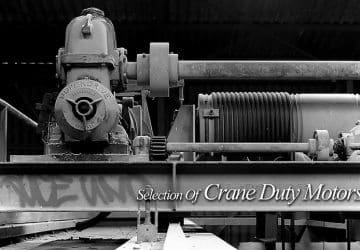
What is the rewind scenario if a motor fails?
Unlike an initial motor purchase where your decision is limited to procuring a standard versus a premium efficiency motor, a motor failure or burnout produces three alternatives. Your options are to rewind the failed motor, purchase a new standard-efficiency motor,… Read more
Jul 10, 2013 | By Edvard Csanyi
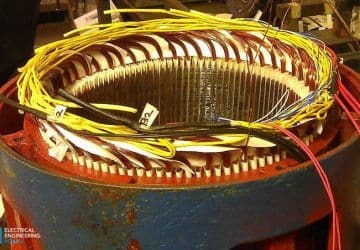
Keeping Motor At Correct Temperature When Connected To a Frequency Converter
When a motor is connected to a frequency converter it must be kept at the correct temperature, and this is subject to two types of influence: If the speed decreases, the cooling air volume goes down. If a non-sinusoidal motor… Read more
Jul 05, 2013 | By Edvard Csanyi

Mysterious synchronous operation of generator solved
To many people, the operation of a synchronous generator is very mysterious and strange. Here is this huge machine which runs are a constant speed whether the 4 – 24 inch steam valves are wide open or shut tightly the machine speed is… Read more
Jun 21, 2013 | By Edvard Csanyi

Few Words About Capacitor-Start (CS) Motors
The capacitor-start (CS), or more precisely, capacitor-start, induction-run motor, is a modified split-phase induction motor used for hard-to-start loads. CS motors are efficient and require starting currents about 5 times their full-load currents. The schematic Figure 1 shows that the… Read more
Jun 14, 2013 | By Edvard Csanyi

Split-phase motors for medium-duty applications
The split-phase (SP), or more accurately, the resistance-start, split-phase, induction run motor,is recommended for medium-duty applications. It can run at constant speed even under varying load conditions where moderate torque is acceptable. Split-phase motors have squirrel-cage rotors and both a main or… Read more
Jun 12, 2013 | By Edvard Csanyi

Three Phenomenons In The Iron Of AC Machines
Most of our practical AC machines (motors, generators ad transformers) depend heavily on the magnetic field for operation. The core iron of the machine provides a path for the magnet field. There are a number of phenomena in the iron… Read more
May 29, 2013 | By Edvard Csanyi

Selection of Induction Motors for Industrial Applications (part 3)
Continued from first part: Selection of Induction Motors for Industrial Applications (part 2) The different rotor class, i.e. KL7, KL10, KL13, KL16, KLp, etc. are available in case of the motor to fulfil the functional torque requirements of the driven… Read more
May 06, 2013 | By Ashok Parikh
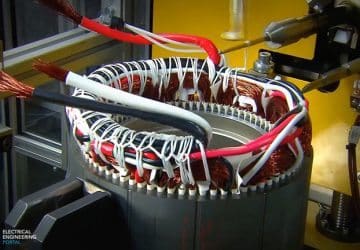
Selection of Induction Motors for Industrial Applications (part 2)
Continued from first part: Selection of Induction Motors for Industrial Applications (part 1) Though standard motors are now available with a better efficiency, this factor (motor efficency) requires due attention when making the selection of the motor for a specific… Read more
May 04, 2013 | By Ashok Parikh
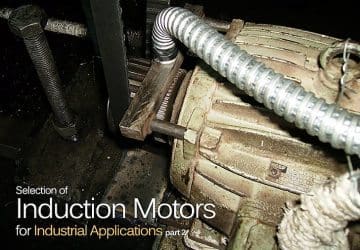
Selection of Induction Motors for Industrial Applications (part 1)
All types of industries are invariably required to install different types of electric motors as prime mover for driving process equipment participating in their respective production line up. The continuous process of technical development has resulted into availability of highly… Read more
May 03, 2013 | By Ashok Parikh


